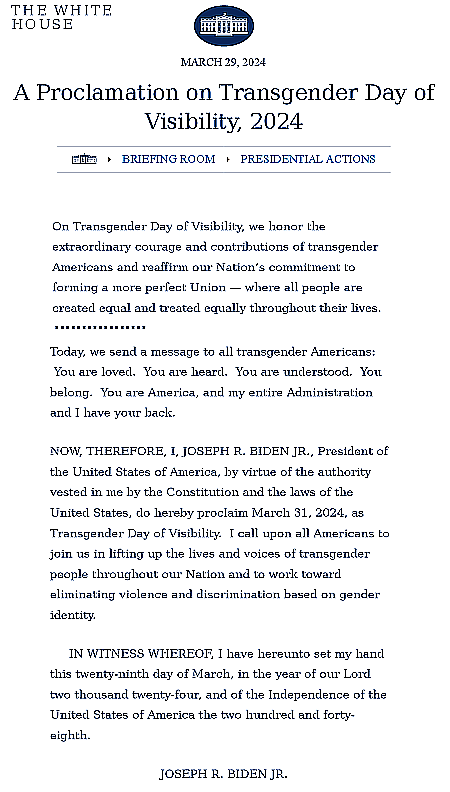Mitsubishi joins private consortium building the Starlab commercial space station
The Japanese big space company Mitsubishi has now joined the private consortium building the Starlab commercial space station for NASA, teaming up with Voyager Space and Airbus.
At this moment it appears that Voyager, the lead company in this station, is attempting to capture the international market that up to now has been part of ISS. Airbus gets it direct access to European companies and the Europeans Space Agency (ESA). Mitsubishi now gets it direct access to Japanese government financing.
The other stations being built with NASA financing, Axiom and Orbital Reef, so far seem more focused on getting American business, as is Vast’s Haven-1 station, being built entirely from private funds.
The Japanese big space company Mitsubishi has now joined the private consortium building the Starlab commercial space station for NASA, teaming up with Voyager Space and Airbus.
At this moment it appears that Voyager, the lead company in this station, is attempting to capture the international market that up to now has been part of ISS. Airbus gets it direct access to European companies and the Europeans Space Agency (ESA). Mitsubishi now gets it direct access to Japanese government financing.
The other stations being built with NASA financing, Axiom and Orbital Reef, so far seem more focused on getting American business, as is Vast’s Haven-1 station, being built entirely from private funds.







